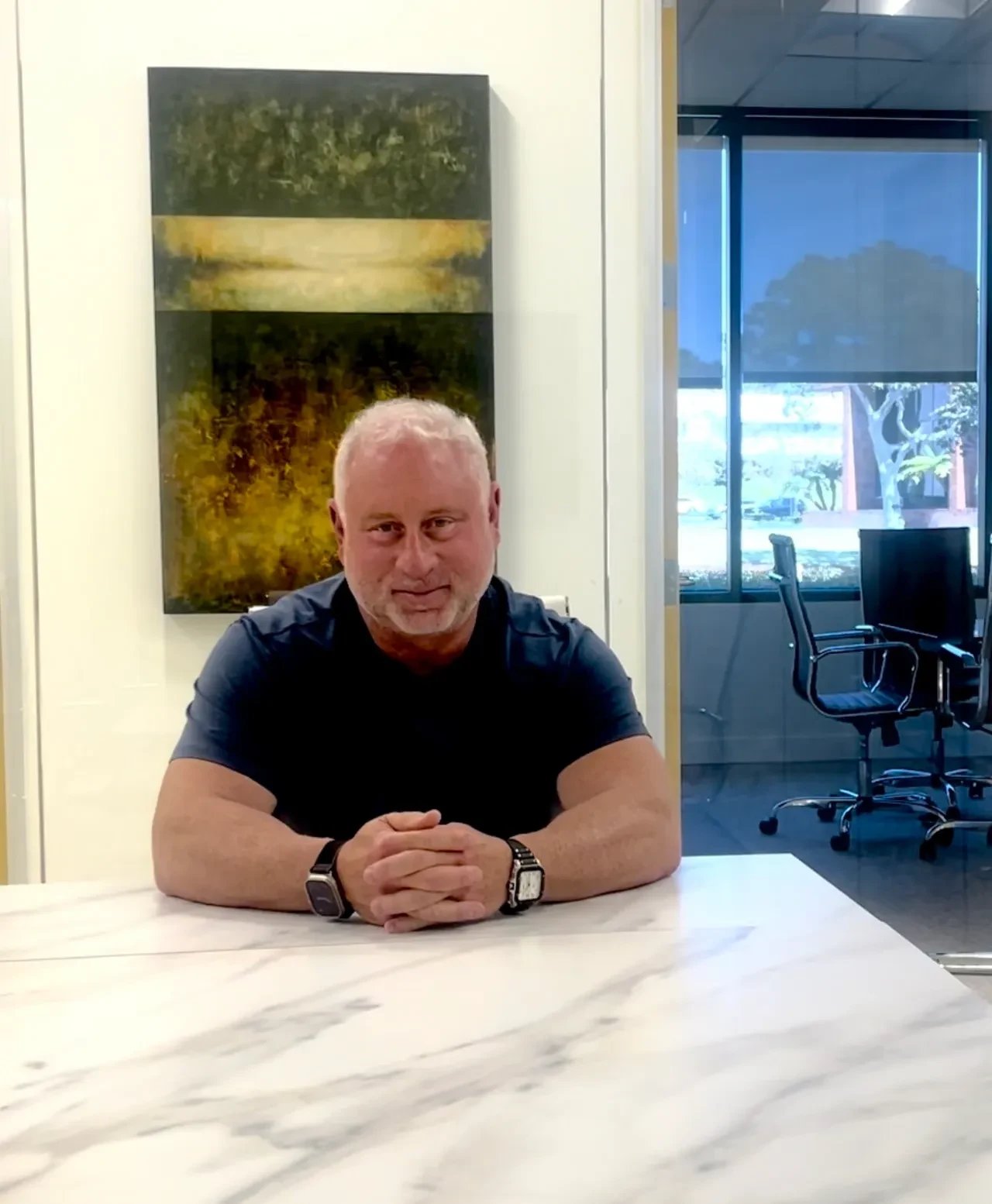TOO SMALL TO FAIL
March 27, 2023
Real Estate

March 27, 2023
Real Estate

In just about a two-week span, we saw a very important segment of the U.S. banking system – banks that I call “too small to fail” – teeter on the brink of collapse. How are we here again, how does it compare to the 2007/08 financial crisis and, in my opinion, what needs to be done to prevent future implosions?
By now, you’ve heard about the wobble or fall of several regional banks, including Silicon Valley Bank (SVB) and First Republic. When the news initially broke, I asked myself, “Was there a head-in-the-sand attitude on the part of financial regulators? How else can you explain how obtuse they were to the fragility of the banking system and the apparent lack of oversight?”
Now, news is now trickling out about the months leading up to the collapse. The New York Times, for example, reported over the weekend on the regulatory red flags that were raised last summer in regard to SVB, writing:
“In 2021, a Fed review of the growing bank found serious weaknesses in how it was handling key risks. Supervisors at the Federal Reserve Bank of San Francisco, which oversaw Silicon Valley Bank, issued six citations. Those warnings, known as “matters requiring attention” and “matters requiring immediate attention,” flagged that the firm was doing a bad job of ensuring that it would have enough easy-to-tap cash on hand in the event of trouble.
But the bank did not fix its vulnerabilities. By July 2022, Silicon Valley Bank was in a full supervisory review — getting a more careful look — and was ultimately rated deficient for governance and controls.”
What we’ve experienced these last couple of weeks is sort of the doppelganger of the 2007/08 financial crisis: The problem then was with banks that were “too big to fail;” this time, banks that are too small to fail that are the cause for concern. Still, I believe that our financial system is better positioned overall than it was when the wave of failures caused the most significant financial crisis since the Great Depression.
Certainly, we have Dodd-Frank (formally, the Dodd-Frank Wall Street Reform and Consumer Protection Act) to thank for that. As noted on Investopedia, “It sought to make the U.S. financial system safer for consumers and taxpayers.” And although it has been criticized as being too much of a good thing, it also has shown us how effective banking regulations are critical to the health of our economy.
However, in the world of finance, 2008 was a long time ago and in the years since Dodd-Frank was adopted, some of the meat of the act has been rolled back. In fact, it could be fair to say that it offers more protection (again) to banks than to depositors, enabling banks to take huge risks with our money (even if the changes were made with “good” intentions – to level the playing field for small, regional banks to be more competitive – and even if their risks were well-intentioned).
What the recent too-small-to-fail situation has shown us is that the models and regulations are themselves risky at best and failing at worst.
In this summary via National Public Radio (NPR), the report shows how, as money poured into SVB, they tried to leverage the opportunity to earn higher interest by plowing it into long-term government bonds. I won’t go into all of the details here because the NPR piece lays it out well, but this had the double-whammy impact of tying up the bank’s money while earning it lower returns. That was one boondoggle of several that put SVB, and its depositors, at risk. Another was that when word got out that the bank was struggling, wealthy depositors snagged their money, leaving SVB with even less (according to the NPR piece, about $41 billion less in a single day).
While the strategy and intention SVB may have had – to park money in relatively safe, interest-bearing bonds – would seem to be less risky, a difficult confluence of circumstances led to its demise.
Regulators need to find a better balance between encouraging risk and leveraging opportunities with flat-out bad judgment.
As The New York Times pointed out about SVB:
“It became clear to the Fed that the firm was using bad models to determine how its business would fare as the central bank raised rates: Its leaders were assuming that higher interest revenue would substantially help their financial situation as rates went up, but that was out of step with reality.”
The article continues, later saying, “The picture that is emerging is one of a bank whose leaders failed to plan for a realistic future and neglected looming financial and operational problems, even as they were raised by Fed supervisors.”
Here’s how I see it: Smart risks can be good risks but in the chase for unicorns, we’ve let hubris rule. We have to get over the mentality that fosters an investing and lending strategy in which we believe that it’s okay to put billions of dollars at risk for companies that haven’t generated a profit.
Many analysts have pointed to a slightly more painful (or slightly prolonged) recession; I actually think that there could be a quicker and more substantial pullback on spending by consumers, especially in areas like travel and retail, which would become its own balm to the chaos. In addition, in my opinion:
Interestingly, I think there could also be some benefit to the current residential real estate challenges, in that mortgage rates could settle or even ease a bit at the same time that asking prices cool. If things go well (in a manner of speaking), we could see prices settle 10% to 30% lower (depending on the market), which would be a boon to buyers (if we can get inventory levels back up at the same time).
Overall, as long as we can successfully move past a ripple-effect crisis in the banking industry, we’ll be alright – most of us won’t feel direct negative impacts and, in fact, it may actually lead to a needed rebalancing of the economy that we haven’t yet achieved from the Fed’s rate hikes alone. So, in a weird way, it could be beneficial.
If, though, we learn little and make changes that largely benefit banks, then while we may skid past this disaster, another will be lurking, just waiting for new cracks in the system to show.
Stay up to date on the latest real estate trends.

Real Estate
June 26, 2023

Real Estate
April 6, 2023

Real Estate
March 27, 2023
In just about a two-week span, we saw a very important segment of the U.S. banking system – banks that I call “too small to fail” – teeter on the brink of collapse. Ho… Read more

Real Estate
March 17, 2023
We’ve been representing buyers and sellers for over twenty years. Our devoted team of agents offers individualized attention, personalized service, and tailor-made marketing.